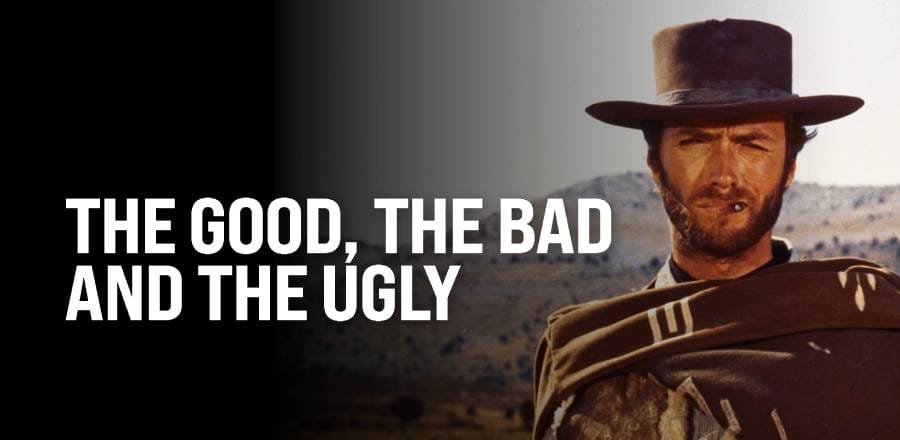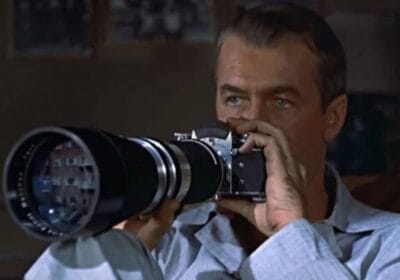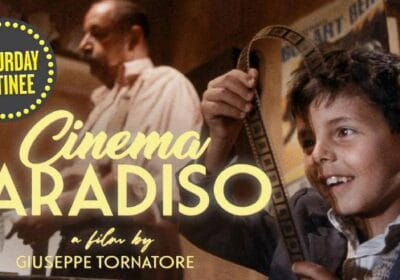In 1966, director Sergio Leone delivered one of the greatest westerns of all time, “The Good, the Bad and the Ugly.” Set during the Civil War, the film follows three gunslingers as they search for buried treasure amidst the chaos of battle. The film’s iconic score, stunning cinematography, and larger-than-life characters have made it a classic of the genre, inspiring countless filmmakers and cementing its place in cinema history.
Table of Contents
Themes
At its core, “The Good, the Bad and the Ugly” is a film about the brutal and unforgiving nature of the American West. The three main characters, Blondie (Clint Eastwood), Angel Eyes (Lee Van Cleef), and Tuco (Eli Wallach), are all ruthless and cunning, willing to do whatever it takes to get what they want. The film explores themes of greed, loyalty, and the cost of violence, highlighting the moral ambiguity that characterized life in the Wild West.
One of the film’s most powerful themes is the futility of war. Set against the backdrop of the Civil War, “The Good, the Bad and the Ugly” shows the devastating impact of conflict on the lives of ordinary people. The film’s climactic showdown takes place in a cemetery, where the gravestones serve as a haunting reminder of the countless lives lost in the war.
Characters
“The Good, the Bad and the Ugly” is known for its iconic characters, each of whom embodies a different aspect of the Western archetype. Clint Eastwood’s Blondie is the stoic gunslinger, a man of few words who always gets the job done. Lee Van Cleef’s Angel Eyes is the cold-blooded killer, a mercenary with no loyalty except to himself. Eli Wallach’s Tuco is the comic relief, a fast-talking bandit with a heart of gold.
Despite their differences, the three characters are linked by their pursuit of the buried treasure. As they journey across the desert, they form an uneasy alliance, each using the others to get closer to the prize. Their relationships are defined by betrayal and violence, but also by a strange sense of mutual respect.
Legacy
“The Good, the Bad and the Ugly” has had an enormous impact on cinema since its release in 1966. Its influence can be seen in countless Westerns that followed, from “Unforgiven” to “No Country for Old Men.” The film’s iconic score, composed by Ennio Morricone, has become synonymous with the genre and is recognized by audiences around the world.
But perhaps the most enduring legacy of “The Good, the Bad and the Ugly” is its status as a cultural touchstone. The film has inspired countless parodies, homages, and references in popular culture, from video games to music videos. Its characters and imagery have become indelibly ingrained in the collective consciousness, a testament to the power of Leone’s vision.
Conclusion
“The Good, the Bad and the Ugly” is a film that transcends the Western genre, a masterpiece of cinema that continues to captivate audiences more than 50 years after its release. Its themes of greed, loyalty, and the cost of violence are as relevant today as they were in 1966, a testament to the timelessness of Leone’s vision. With its unforgettable characters, iconic score, and stunning cinematography, “The Good, the Bad and the Ugly” remains a must-see for film lovers everywhere.





